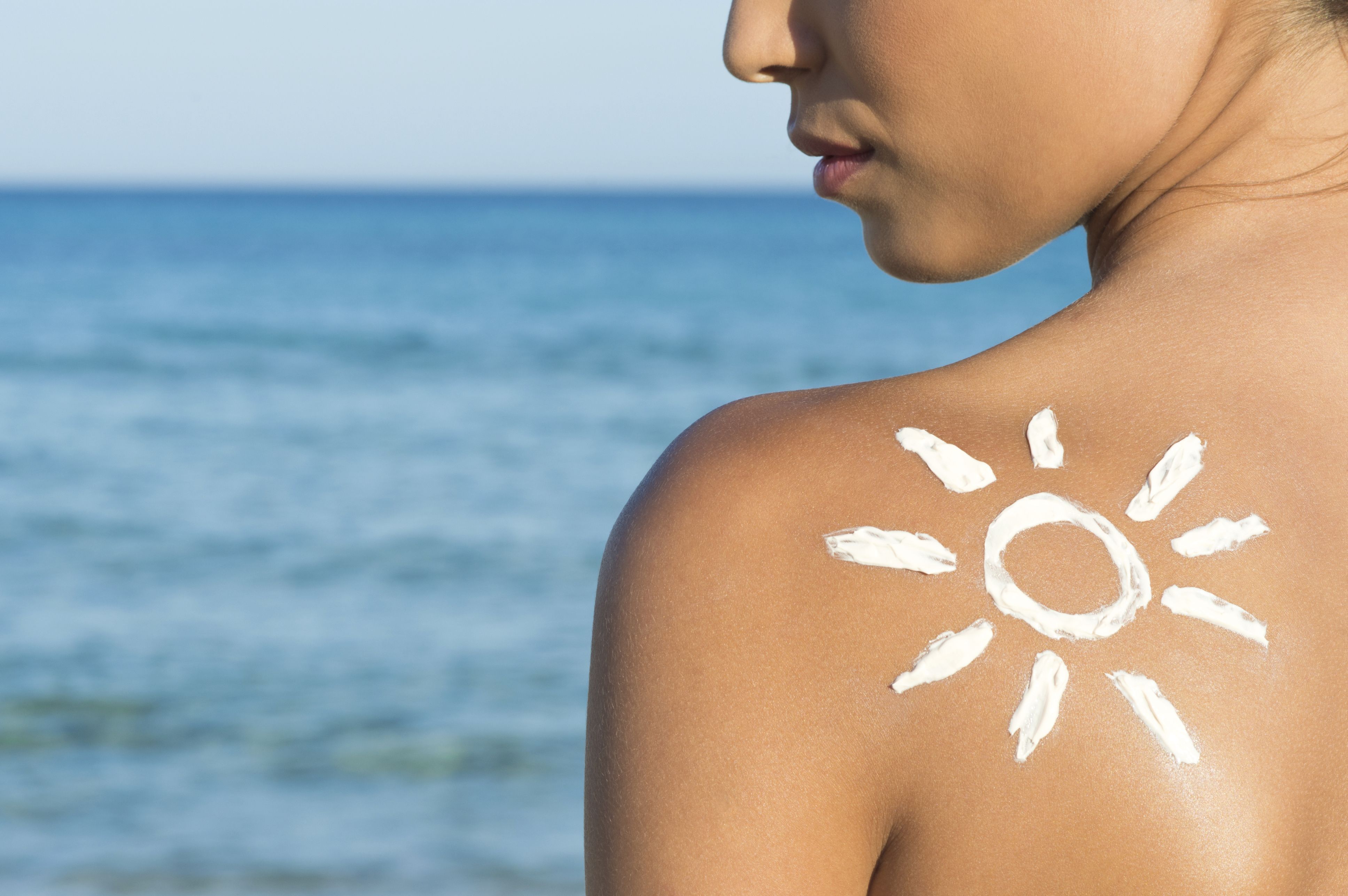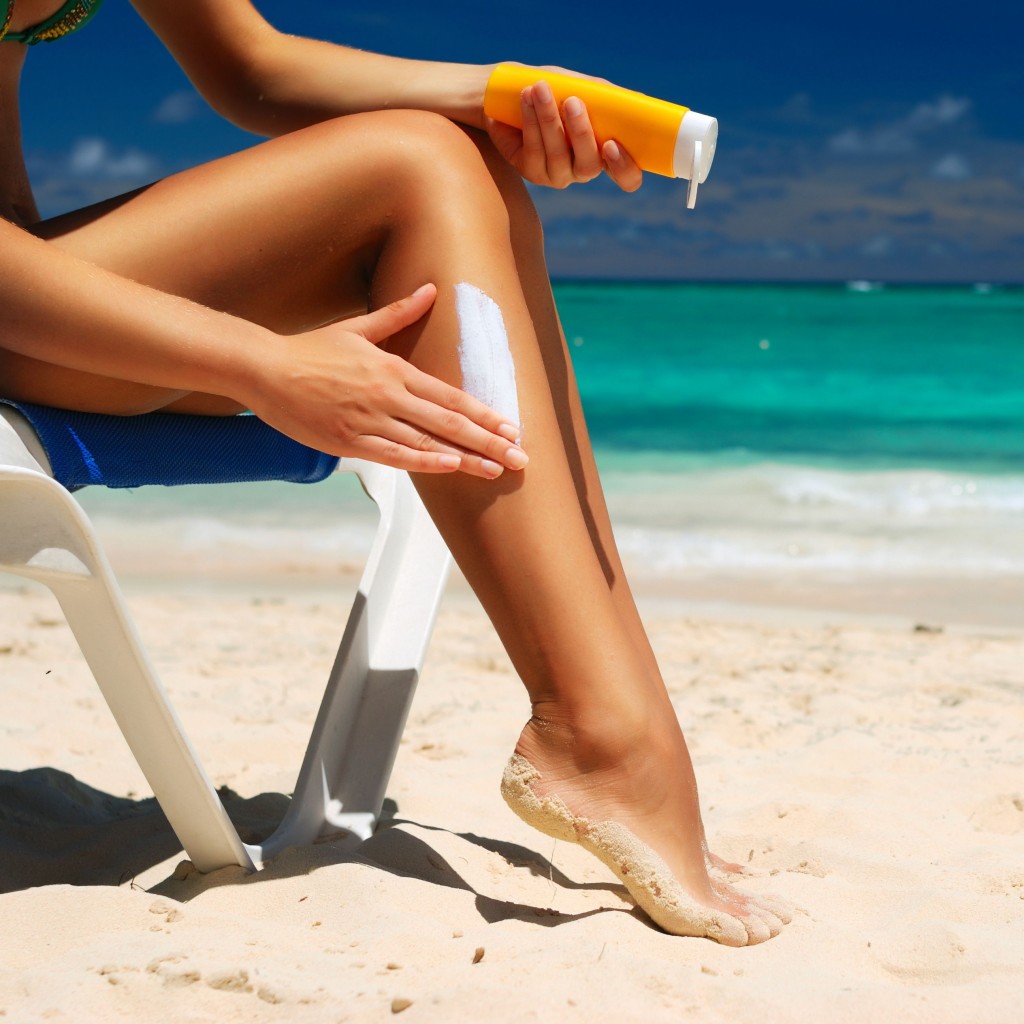Be safe in the sun
Discover the latest product innovations for all your suncare solutions. Lisa Haynes sheds some light on SPF
The sun is your skin’s biggest beauty enemy. With ozone levels at a record low and ultraviolet levels at all an all-time high, SPF should be part of our daily regimes, not something we reserve for holidays and heatwaves.
Nearly a quarter of Brits (22%) only wear SPF when on holiday abroad, according to new research by Boots.
Luckily, the suncare industry is one step ahead, with high-tech formulations and skin-enhancing ingredients to make application easier.
“We are all guilty of neglecting our skin on occasion, but skin cancer rates are on the rise, so it’s more important now than ever to keep protected,” says Dr Sam Bunting, cosmetic dermatologist.
Be a safe in the sun goddess with our expert golden guide.
:: DILEMMA: I’d like to apply suncare in the mornings and be able to put my clothes on immediately afterwards.
SOLUTION: “Look for sun fluids with ‘Dry Touch’ technology,” Dr Bunting recommends. “This type of suncare was a breakthrough in the US in 2013 and addressed a significant barrier for people who found sunscreen too thick and sticky for comfort. The same technology is becoming more popular over in the UK now too.”
:: DILEMMA: I have leftover suncare from last summer and I’m not sure if it’s safe to use.
SOLUTION: “By law, any cosmetic product (including sunscreens) has to have a shelf-life of at least 30 months, or it has to be labelled with a use-by date,” says Clare O’Connor, Boots UK suncare expert. “A product bought last summer should be fine to use up this summer, but products purchased two summers ago should probably be replaced. If you want to check a product, the best things to do is to look at it and smell it. It should appear bright and shiny with no seepage of any liquid (either watery or oily) and no separation. If there is any contamination, there’s usually an ‘off’ smell and the product should be discarded.”
:: DILEMMA: My make-up contains SPF but I don’t know if this is sufficient to protect me against the sun.
SOLUTION: “With ‘SPF’ written on many make up products, it can be tempting to skip applying sun protection all together, but this can leave your skin dangerously exposed,” warns Paul Banwell, surgeon and skin cancer expert. “The way you would apply foundation is unlikely to reach the SPF on the label. Get into the habit of using a high-factor SPF daily and then applying your make-up on top, or choose a high-tech SPF tinted moisturiser or sun BB.”
:: DILEMMA: I’m never entirely sure if I’m wearing enough SPF and how long each bottle should last.
SOLUTION: “A full body application should utilise at least 35ml, to ensure maximum coverage and complete protection,” advises Seena Seka, Calypso’s chief chemist. “It’s often difficult to know how much is enough when it comes to applying sun lotion to yourself or your family, so look for guide bottles like Calypso’s Press And Protect, which has a chart on the back of the bottle showing how many presses are needed to cover each body part.”
:: DILEMMA: I burn very easily and would like to boost my skin’s resistance to sun damage.
SOLUTION: “Apart from applying an SPF and avoiding peak times when the sun is at its hottest, you can increase skin’s protection by eating antioxidants via fresh fruits and vegetables, or nutritional supplements,” suggests Dr Luca Russo, lecturer in cosmetic dermatology. “An excellent way to deliver powerful antioxidant protection to the skin is via topical application or Mesotherapy, which inserts an active cocktail of vitamins into the skin to provide key defence where it is needed.”
Latest posts by Sally - Silversurfer's Editor (see all)
- Should smacking a child be banned in England and Northern Ireland? - April 17, 2024
- Enjoy the best of the UK on a Shearings coach holiday - April 17, 2024
- Blueberry & Lemon Curd Bread and Butter Pudding - April 16, 2024
- Navigating the World with What3Words: A Lifeline for Older Generations - April 15, 2024
- Parsley Box – Bringing you time for the things you love! - April 12, 2024






















